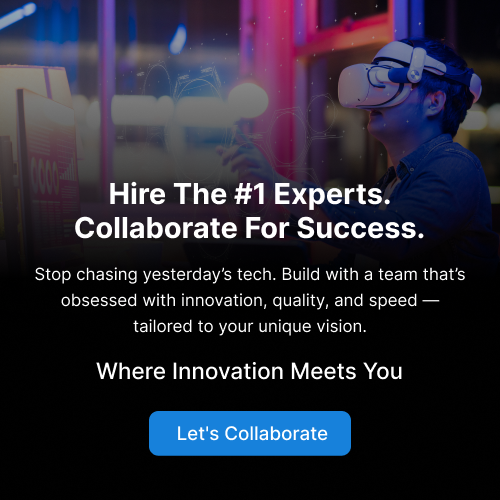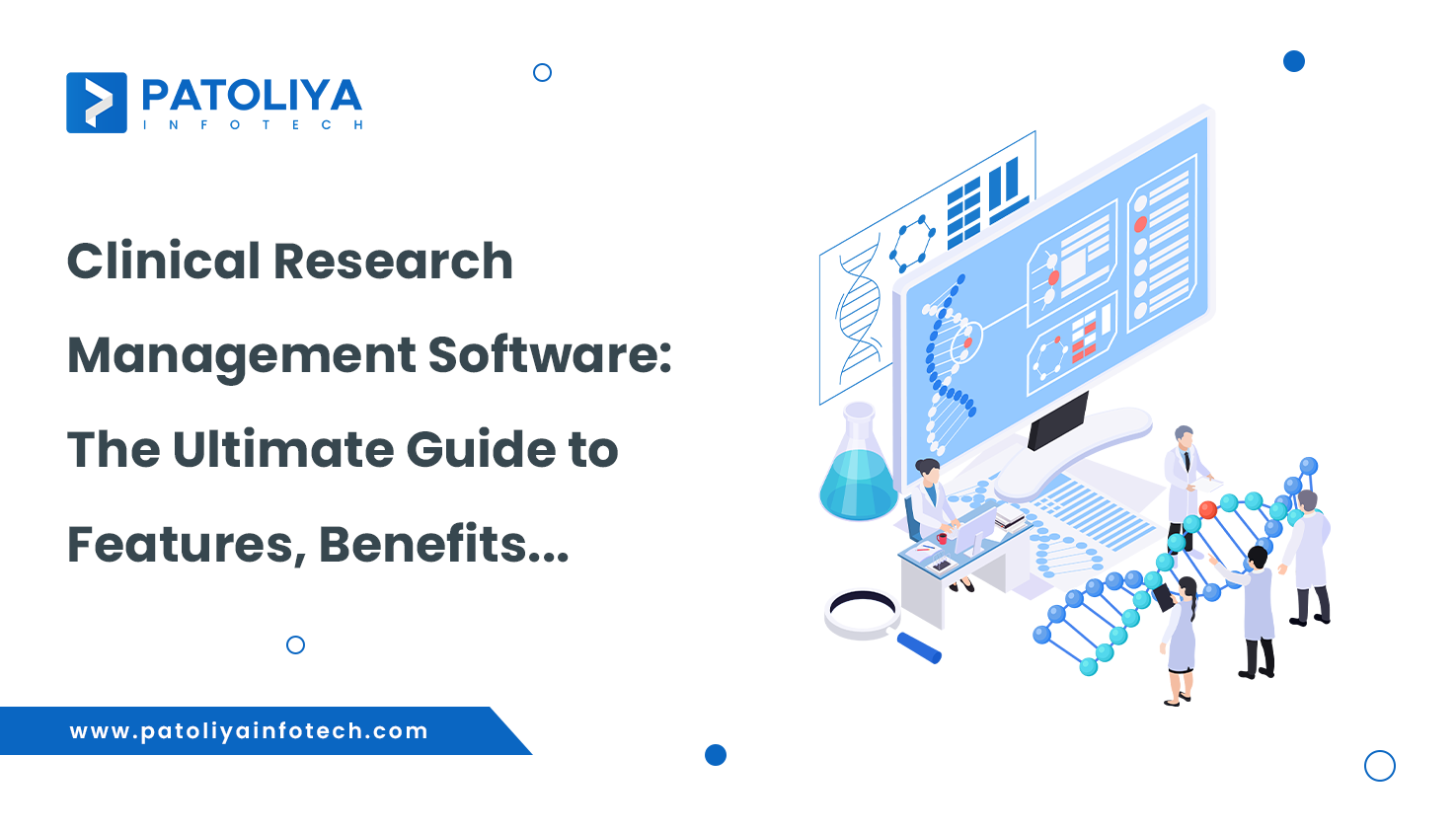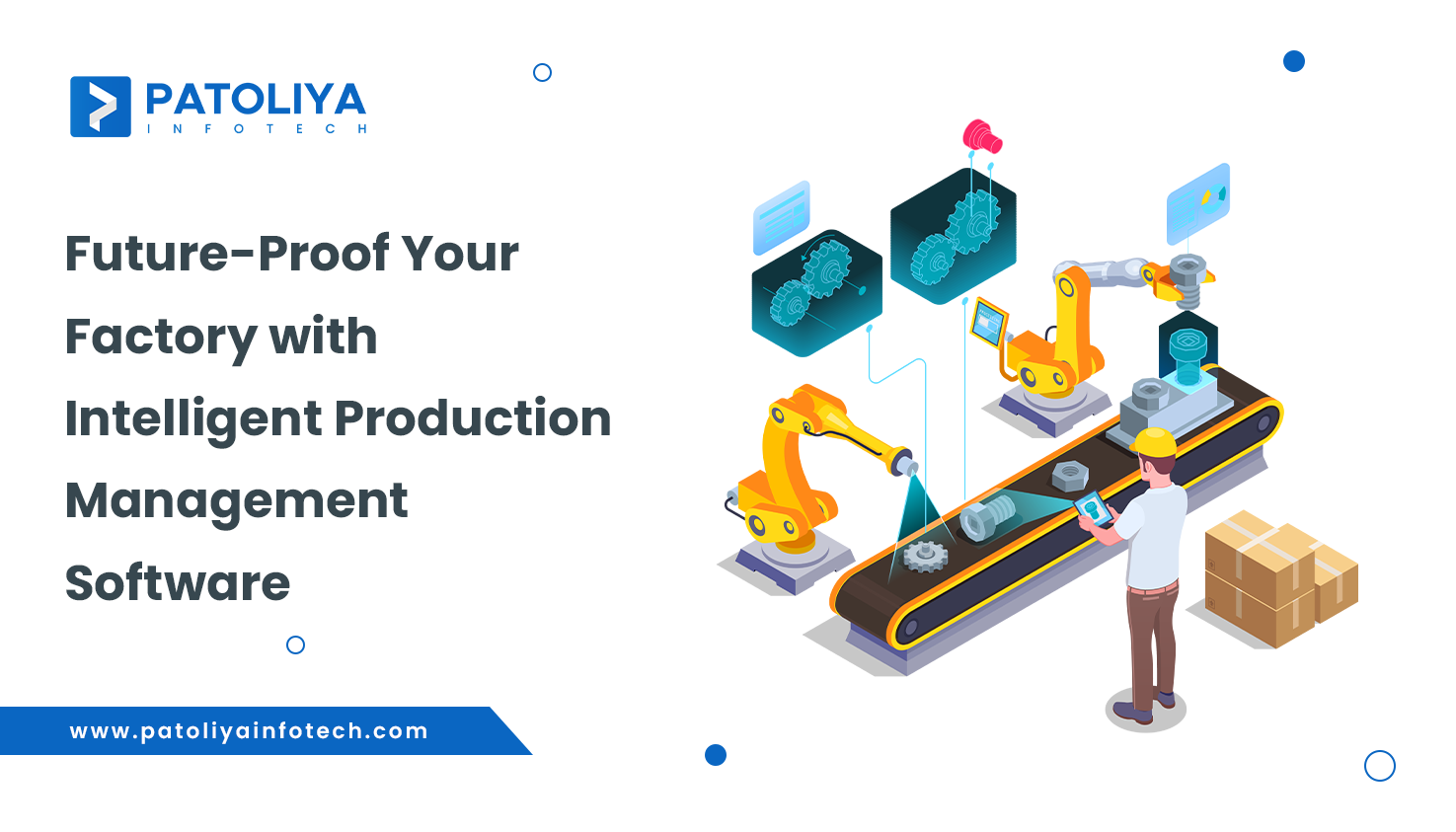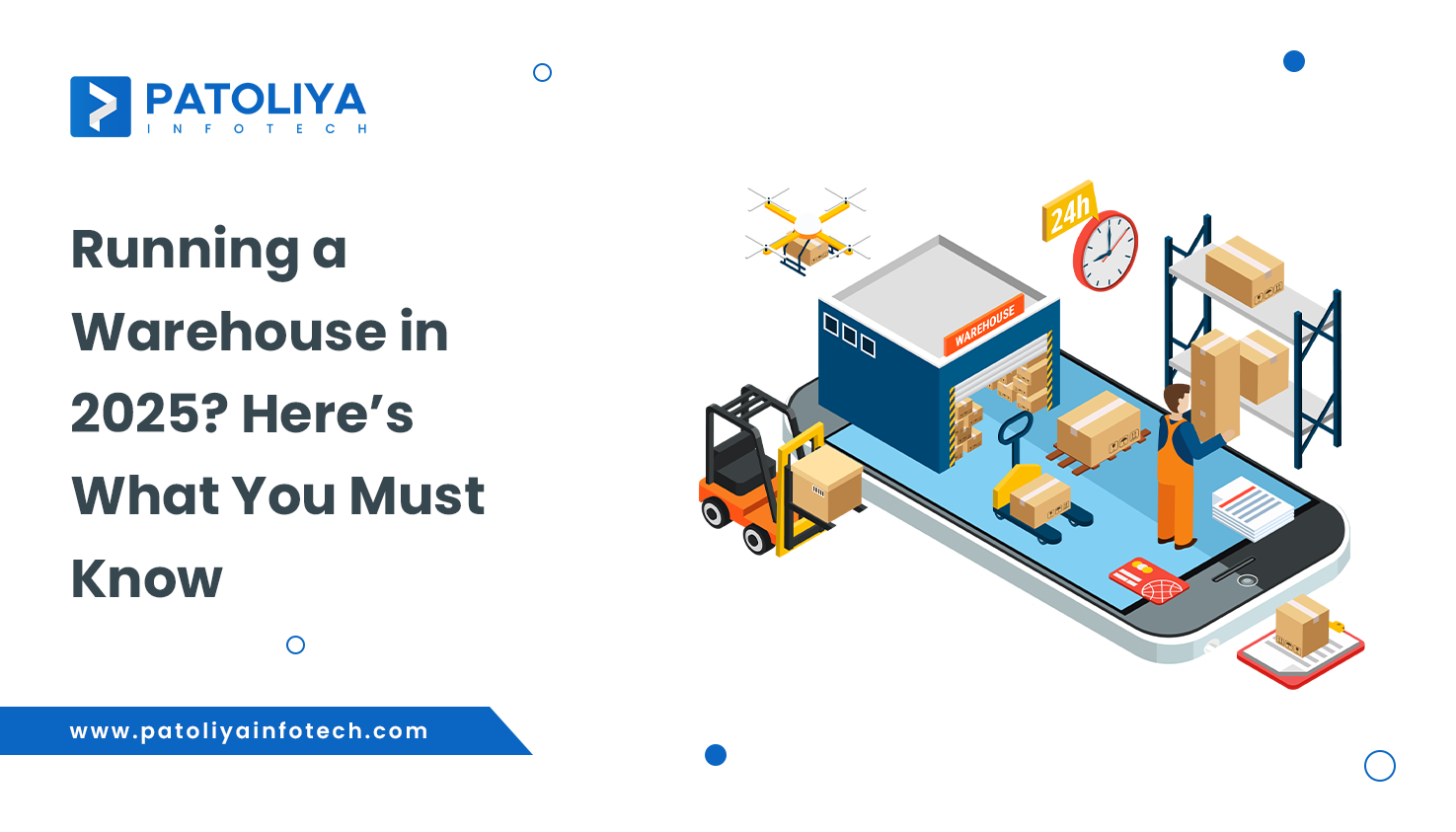CRM Systems Explained: Types, Significance, Integration, and the Role of AI
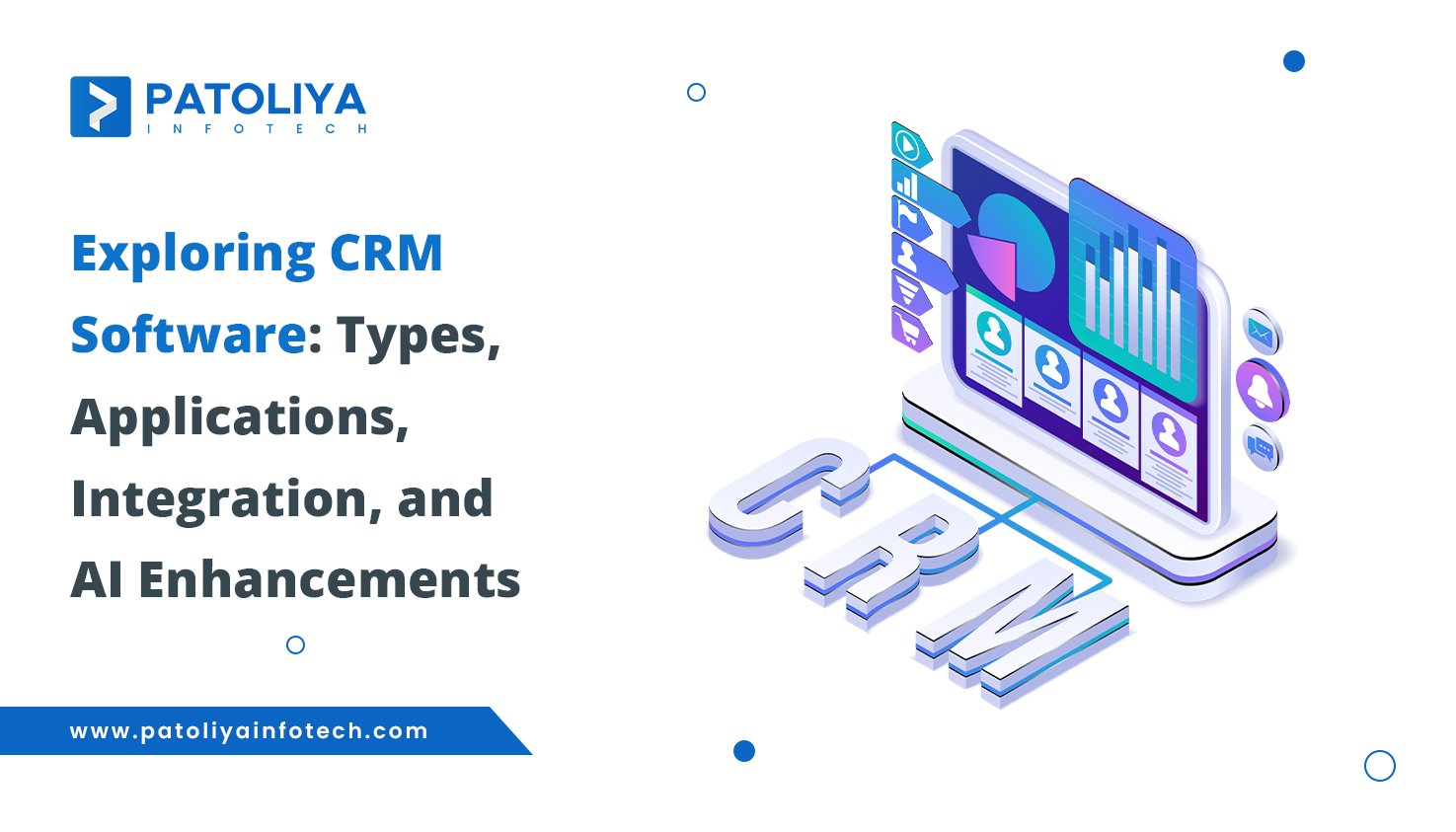
Table of Contents
Businesses hoping to improve customer relationships, increase revenue and streamline operations need to have a thorough understanding of customer relationship management- CRM software. The many types of CRM software, how to use them, and how to successfully integrate them into your company’s operations will all be covered in this article.
Understanding CRM Software
CRM software acts as a key area that helps companies manage their interactions with customers and potential customers. Data collection, processing, and use for improved communication and loyalty are the main objectives of CRM technology.
CRM helps teams—such as sales, marketing, and customer service—break down departmental silos and instantly exchange critical information to work together effectively. Companies can embrace this concept of customer interaction to optimize their process and improve the overall customer experience.
Think you know everything about .NET and Java? Prepare to be surprised!
Key Features of CRM Software
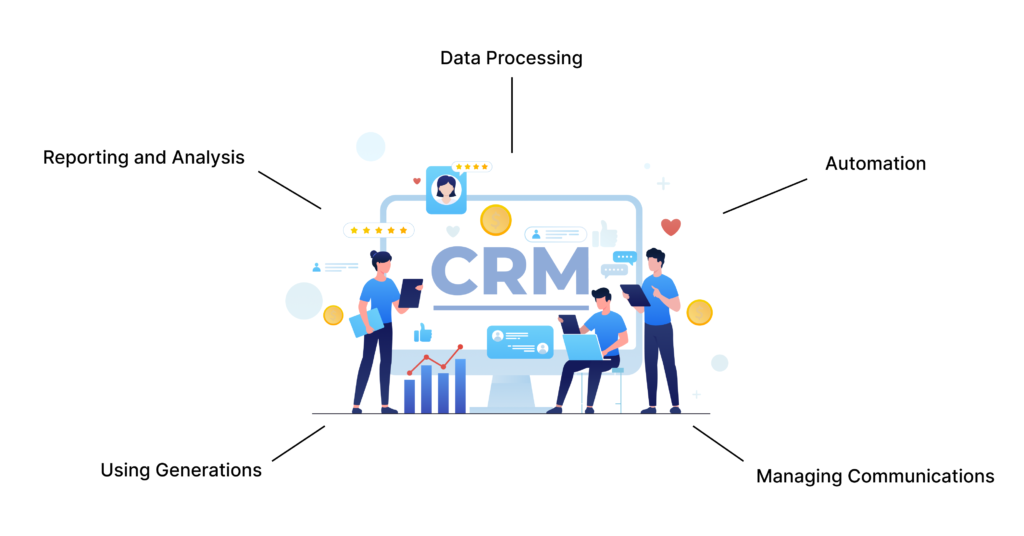
- Data Processing: CRM systems create authentic customer profiles by collecting sensitive customer information such as contact details, transaction history, and preferences.
- Managing Communications: Companies can monitor a variety of customer touchpoints, including emails, phone calls and social media interactions, ensuring everyone on the team knows each individual customer’s requirements and background.
- Using Generations: Most CRM systems come with lead discovery and nurturing capabilities that use data analytics to find potential upsell and cross-sell prospects.
- Reporting and Analysis: Robust reporting platforms in advanced CRM systems enable companies to make data-driven decisions by analyzing customer behavior, sales performance and marketing success.
- Automation: CRM software enables teams to focus on more important tasks by eliminating routine tasks such as scheduling and sending follow-up emails.
Different types of CRM Software's
Choosing the best CRM software for your company requires understanding its variables. There are three main groups:
1. Operational CRM
Improving and automating customer-facing procedures is company CRM's ultimate objective. Such a CRM aims to improve customer service, marketing automation, and salesperson automation. Important characteristics are:
- Sales Management: Tools for managing sales lines, tracking leads, and predicting sales results.
- Marketing Automation: Features that allow companies to plan, execute, and analyze marketing campaigns across different media.
- Customer Service Management: Tools for handling service requests, support tickets, and customer inquiries to ensure fast and efficient responses.
2. Analytical CRM
Understanding and data analysis is at the core of analytics CRM. Through advanced analytics, this CRM helps companies understand customer behavior and preferences. The main features are:
- Data Mining: Techniques for identifying trends in customer data analytics that can guide product development and marketing strategy.
- Customer Segmentation: Ability to target marketing efforts with tools that segment customers by preference, buying habits, and demographics.
- Performance Metrics: Reporting tools and dashboards that provide data on campaign effectiveness, customer satisfaction, and sales success.
3. Collaborative CRM
The main goal of a collaborative CRM is to improve communication and teamwork across different departments in an organization. Information sharing and teamwork is facilitated through this CRM. The main features are:
- Shared Customer Information: An integrated database that allows teams to access and update customer data to ensure consistency across teams.
- Communication Tools: Features include integrated email and chat to coordinate departments.
- Feedback Mechanisms: Technology that collects and evaluates user feedback and allows teams to exchange products and services to improve them.
Applications of CRM Software

CRM software is useful for many business applications, e.g.
- Sales: Optimizing sales forecasting, streamlining sales processes and strengthening leadership management.
- Marketing: Automate marketing strategies, monitor customer interactions, and estimate the success of campaigns.
- Customer Service: Speeding response times, improving customer service, and better handling service requests.
- E-commerce: Allow for personalized shopping experiences integrated with online sales processes to track customer preferences and transactions.
Curious about the untapped opportunities in AI for education? Dive in!
Integrating CRM Software
Functional CRM integration is essential to optimize the benefits of the software. The following factors are important for successful integration.
1. Define Integration Goals
Clearly state your goals for integrating CRM systems. Clearly defined objectives will guide your integration strategy, whether the focus is on improving quality, standardizing data, or improving communication.
2. Choose the Right Tools
Choose an integration tool based on your business needs. Custom development, third-party platforms, and pre-built assemblies are options. When choosing, consider security, flexibility, and ease of use.
3. Data Mapping and Standardization
Ensure that all integrated systems use the same data structure. Proper data mapping is essential to prevent errors and ensure accuracy of customer information.
4. Test Integrations
Do extensive testing to find any issues before implementing any combination at all. This phase is necessary to ensure that the integration goes smoothly and does not interfere with normal business activities.
The future of software development is DevOps. Are you ready to be a part of it?
What are the key factors to consider when choosing a CRM system for a small business?
1. Define Your Business Needs
Choosing the best CRM starts with knowing your specific needs. Determine which features—such as lead tracking, sales automation, customer support management, and marketing capabilities—are essential to your business function. Have yourself consider the following questions.
- Which problems do I want the CRM to solve?
- Does lead generation or customer support need to be improved?
- What kind of workflow integration will the CRM allow me to have?
A CRM that supports your business goals can be achieved by clearly defining your needs.
2. Ease of Use
For your staff to use CRM, it is crucial that it functions. An employee's ability to utilize a system regularly will increase its usefulness if it is made simpler and easier to use. Seek for features like easily customizable dashboards and intuitive interfaces that lessen the learning curve.
3. Scalability
Your CRM should be as flexible as your company. A system that doesn’t require significant flexibility to handle increasing amounts of user-data. In the long run, this change will save you time and money.
4. Integration Capabilities
You can easily integrate your CRM with other platforms and tools, such as social networking, accounting systems and email marketing software. These interactions can be facilitated with open APIs, allowing for more efficient workflows and system-wide data exchanges.
5. Mobile Access
Mobile-friendliness is important. Make sure the CRM you choose has a responsive design or mobile app so your employees can access customer data and get things done while on the road.
6. Pricing Structure
Budget is key for small businesses. When comparing the pricing structure of various CRM offerings, consider savings for new features or user licenses. A free trial or a tiered pricing plan that can give you exactly what you need is an example of a solution that compromises cost and usability.
7. Customer Support and Training
Having reliable customer support is essential, especially in the early stages of design and implementation. Choose a CRM provider that offers complete training materials, user guides, and emergency support to help you overcome any obstacles.
8. Reporting and Analytics
You need robust reporting and analytics tools to evaluate your team’s effectiveness and make data-driven choices. If you want to track important indicators like sales success and customer interactions, look for a CRM that offers configurable reports and dashboards.
9. Security and Compliance
Security is critical for companies that manage sensitive customer data. Make sure the CRM you choose has strong security features, such as data encryption and user identity restrictions, and is compliant with all applicable regulations (such as GDPR or HIPAA).
10. Customization Options
Each company has its own business models and strategies. Customizable features, processes, and reports in a CRM can help better meet your specific needs and increase overall productivity.
You've got a brilliant idea for a website, but you're torn between Ruby on Rails & WordPress? Don't worry, you're not alone! Check out our in-depth comparison.
What benefits does AI provide to CRM customer segmentation?
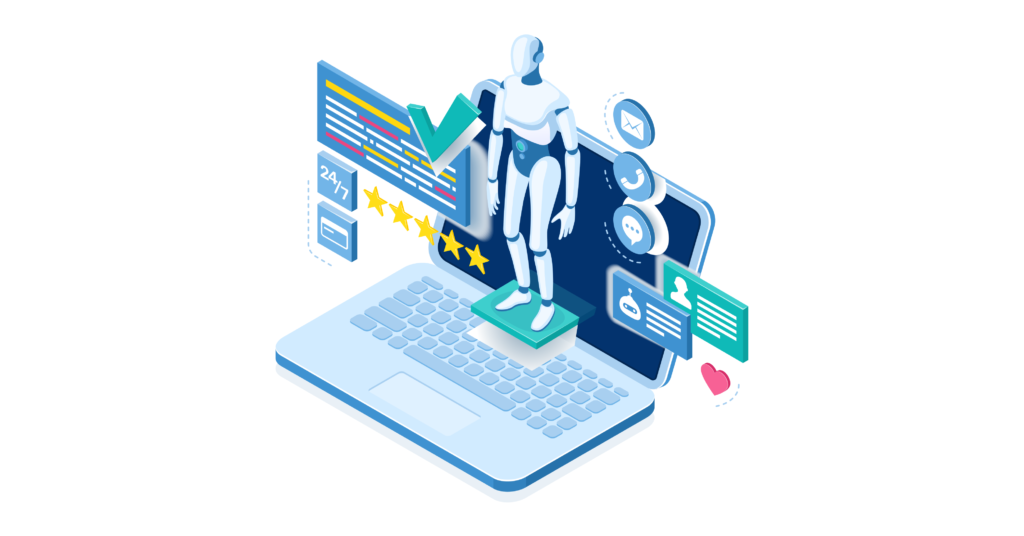
AI makes use of advanced data analysis techniques to improve customer segmentation in CRM systems considerably, allowing organizations to generate more accurate and useful customer profiles. These are the main ways that artificial intelligence enhances client segmentation:
1. Advanced Data Analysis
AI systems are able to analyze enormous volumes of client data from many sources, seeing patterns and trends that more conventional segmentation techniques would miss. With this feature, companies may divide up their clientele into groups according to behavior, tastes, and past purchases rather than just using demographic data. As a result, targeting tactics become more complex and successful.
2. Predictive Analytics
Thanks to AI-driven predictive analytics, businesses can anticipate the behavior and preferences of their customers. AI is able to predict which consumers are most likely to churn, which segments have high lifetime value (LTV), and what goods and services each segment would be interested in by examining past data. By taking a proactive stance, companies may better target their marketing campaigns and enhance their client retention plans.
3. Real-Time Segmentation
AI improves real-time segmentation capabilities, enabling companies to modify their plans in response to shifting consumer behavior. Businesses may react swiftly to shifts in consumer preferences or market situations thanks to this dynamic segmentation, which guarantees that marketing initiatives stay current and productive.
4. Machine Learning Clustering
AI systems may automatically divide up clients into divisions depending on a variety of factors by using machine learning techniques, which eliminates the need for pre-established categories. By exposing underlying patterns in consumer behavior, this clustering can help identify previously undiscovered market niches. AI, for instance, may provide a more thorough understanding of customer behavior by segmenting customers based on how they engage with brands across several channels.
5. Enhanced Personalization
Marketing initiatives that are highly customized are made possible by AI-driven segmentation. Businesses may provide offers and content that are more successfully resonant with each client category by having a thorough grasp of the unique requirements and preferences of each one. Engagement and conversion rates may be greatly increased with this level of customisation.
6. Integration of Multiple Data Sources
AI is able to combine information from several channels, including social media, email correspondence, and past purchases, to create a comprehensive picture of every individual client. Businesses may better grasp the context of client activities and support more accurate segmentation with this full data integration.
7. Continuous Learning and Improvement
Customers may be continually refined with the use of AI systems, which are always learning from fresh data. Artificial intelligence has the ability to modify segmentation methods in response to changing market conditions and customer behaviors, allowing firms to be flexible and responsive to their clients' demands.
Want to dive deeper into the world of cloud migration? Check out our comprehensive guide on for expert insights and practical tips.
Conclusion
Putting in place a strong customer relationship management- CRM Software is not just a smart choice, but also a way of life that could drastically change how your business engages with its clients. As we've demonstrated, the correct CRM software can be a very helpful ally, enhancing efficiency, fostering growth, and enhancing communication.
There are several kinds of CRM software available, and you may customize your system to meet the management, analytics, and collaboration requirements of your business. The integration of AI, which allows advanced data analytics, automated workflows, and personalized consumer engagement that boosts engagement and loyalty, further enhances these advantages.
Remember to consider your unique needs when choosing a CRM system, prioritize user friendliness, and consider scalability. The right tools will improve the way you and your team interact with customers to ensure efficiency and success.
Investing in a CRM software is a commitment to excellence in customer service and relationship management in a rapidly changing business environment. As you provide your company with the resources it needs to succeed, you will see growth and success in your customer relationships and long-term success.
